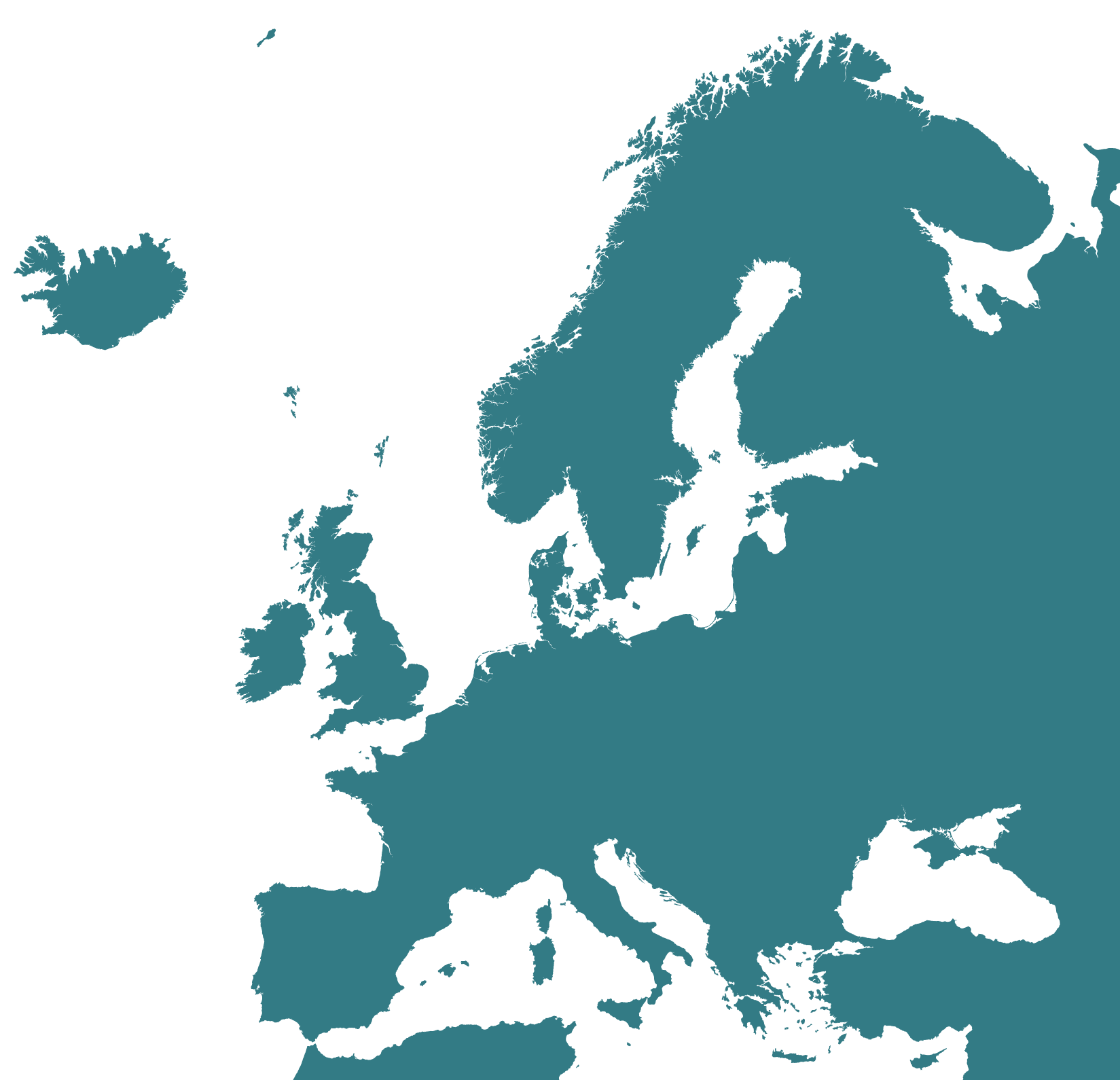European energy
market

European
electricity trading
The power systems in Europe are closely interlinked. Interconnectors play a key role for exchanging power between countries and thus between marketplaces. They are the links between the various countries’ power systems and therefore also between the different markets.
But why is electricity
flowing through
all of Europe?
European
electricity trading
An electricity trader from Baden-Württemberg buys electricity at a European power exchange. This demand leads to electricity being produced by an electricity-generating company. The electricity is fed into the power grid and transported to Baden-Württemberg by the system operators.
electricity production
is initiated
Market coupling
“Price coupling of regions” (PCR) is an initiative of European power exchanges with the objective to interlink the markets as tightly as possible. PCR calculates the electricity prices for the countries taking into account available capacity at the system interconnectors. PCR brokers electricity from one country with low prices to another with higher prices – subject to sufficient capacity being available at the interconnector. This results in optimised utilisation of interconnector capacity and, at the same time, converging market prices in Europe, a major contribution towards achieving the objective of a single European electricity market.
Is trading across borders possible
without any restrictions?
A brief digression
on bottlenecks
The power systems in Europe are interlinked. However, the possibilities for transporting and exchanging electricity are limited, since the technical capacities of the lines are also limited. This can lead to bottlenecks.
When trading electricity between two countries, neighbouring countries are also always involved. Physics provides the explanation: electricity will always take the route of least resistance. A trading transaction between Germany and France, for example, may lead to some of the electricity flowing into the German grid via Belgium and the Netherlands.
In order to take into account the numerous technical and physical conditions in all transmission systems involved, the transmission system operators jointly calculate the available transport capacity at the interconnectors.
How can we prevent
bottlenecks?
Acquiring
transport rights
Back to our example: an electricity trader in Baden-Württemberg buys electricity at a European power exchange. The best price is available from a producer in a neighbouring country. Since transmission capacities at the borders between countries are limited, the trader purchases the required transport rights at the same time as buying the electricity at the power exchange. The trader passes the transport rights on to the transmission system operator.
electricity production
is initiated
Transport
capacities
In order to prevent bottlenecks in the system, the transmission system operators carry out complex capacity calculations. These take into account technical parameters of the lines as well as the weather, the temperature and power plant utilisation forecasts for the next day. The availability of transmission capacity is always calculated in such a way that the potential loss of one line can be compensated by the remaining lines. The operating security of the overall system is thus guaranteed at all times.
European energy market
Our commitment to the single European market

“The proceeds from selling the capacities benefit consumers. In addition, TransnetBW fosters the convergence of the European electricity markets by participating in European electricity and capacity trading and helps strengthen competition between the different markets.”
Andreas Semmig, Head of Specialized IT